So, here's some inspiration. (You can click on any of the photos to view a larger version, the EXIF data, leave comments, etc.)
Aperture Priority Mode:
Small-numbered apertures (like f/4) will give you a more shallow depth of field. This can be useful when you have an ugly background like in the photo below where the background would have been a bunch of scrub brush in the distance at the local dog park:
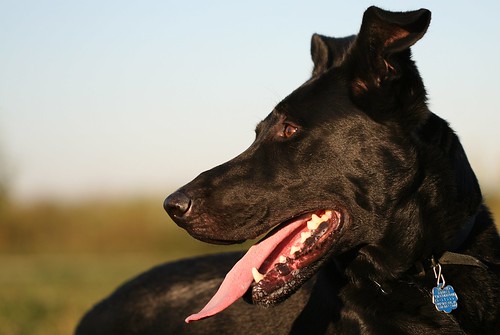
Another thing you can do with a shallow depth of field is place the viewer's attention on one specific thing like in this photo where I picked one particular tulip as the subject. Keeping the rest in-focus would have made the shot too busy and this one tulip (backlit so beautifully by the sun) would have gotten lost:
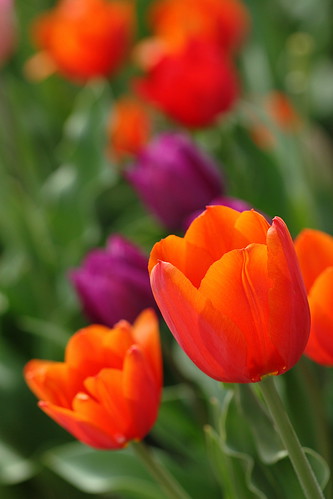
Large-numbered apertures give you larger depth of field, which allows everything in the shot to be in focus from near to far like this:

When taking shots at night, using a large-numbered aperture will give bright lights a star-like effect:
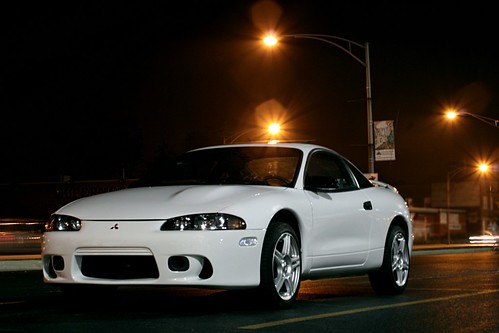
Shutter Speed Priority Mode:
A fast shutter speed will freeze action like this:
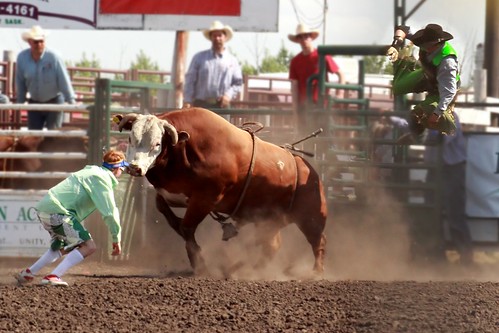
A slightly slower shutter speed like 1/60th to 1/125th can be hand held and moved along with something that's moving fast to create a "panned shot" like this one:

A slow shutter speed can be used for all sorts of things. The downside is you'll need a tripod for all of the following types of shots.
First, at about 1/6th to 1/8th of second you can blur the water in a waterfall to create a silky, milky water effect like this:

Or if you use 5 to 10 second exposures you can do light painting like this:

Or "ghostly" photos like this:
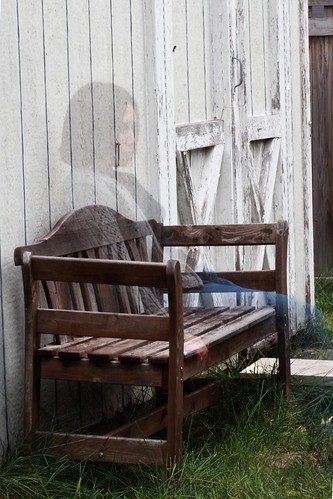
And even longer exposures can give interesting results when you have lights that move like on ferris wheels or moving traffic like this:

I hope this gives you an idea of the kinds of decisions that are open to you when you know how to use the creative controls on your camera. Learning to use them isn't that hard, but the rewards are pretty awesome.
3 comments:
Great! This is very helpful. I am at exactly the stage that you mention and am currently addicted to experimenting in the ways that you have recommended. Thank you. Tom (Yahoo Beginners Photo Group)
Erica
Thank you for the tips! This will help a lot with my action shots. Now all I have to do if figure out how to change the aperature and shutter speed on my camera. I have not done that at all. Love your pictures!
Yolanda
Excellent explainations and love your photos. Rebecca
Post a Comment